
Monolithic zirconia crowns are a type of dental crown that is made from a single block of zirconia material. Unlike traditional zirconia crowns that have a layered structure with a porcelain veneer on top of a zirconia base, monolithic zirconia crowns are made entirely of zirconia, including the visible part of the crown.
The monolithic zirconia crown manufacturing process involves using CAD/CAM technology to design and mill the crown from a solid block of zirconia material. This creates a crown that is extremely strong and resistant to wear, fracture, and chipping.
One of the main advantages of monolithic zirconia crowns is that they can be produced quickly, usually within a single appointment. They also do not require a separate porcelain layer, which eliminates the risk of chipping or delamination. Additionally, monolithic zirconia crowns have a high translucency, which allows them to blend seamlessly with the surrounding natural teeth.
Monolithic zirconia crowns are particularly suitable for patients who have a strong bite or grind their teeth as they are more durable and resistant to wear compared to traditional porcelain or layered zirconia crowns. However, they may not be suitable for patients who require a high level of aesthetic customization or have very thin or translucent teeth.
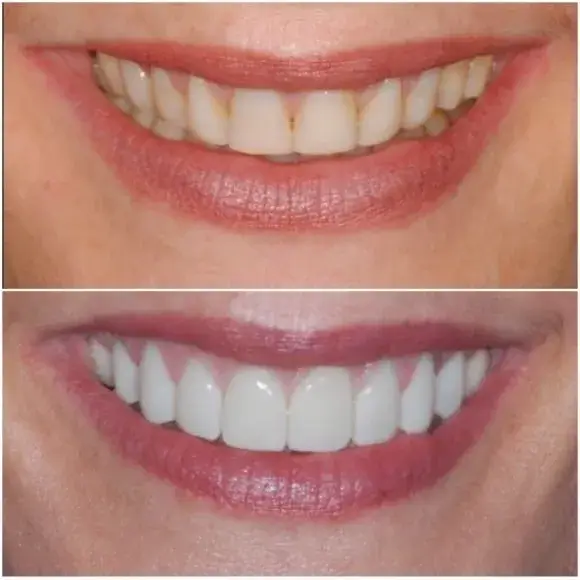
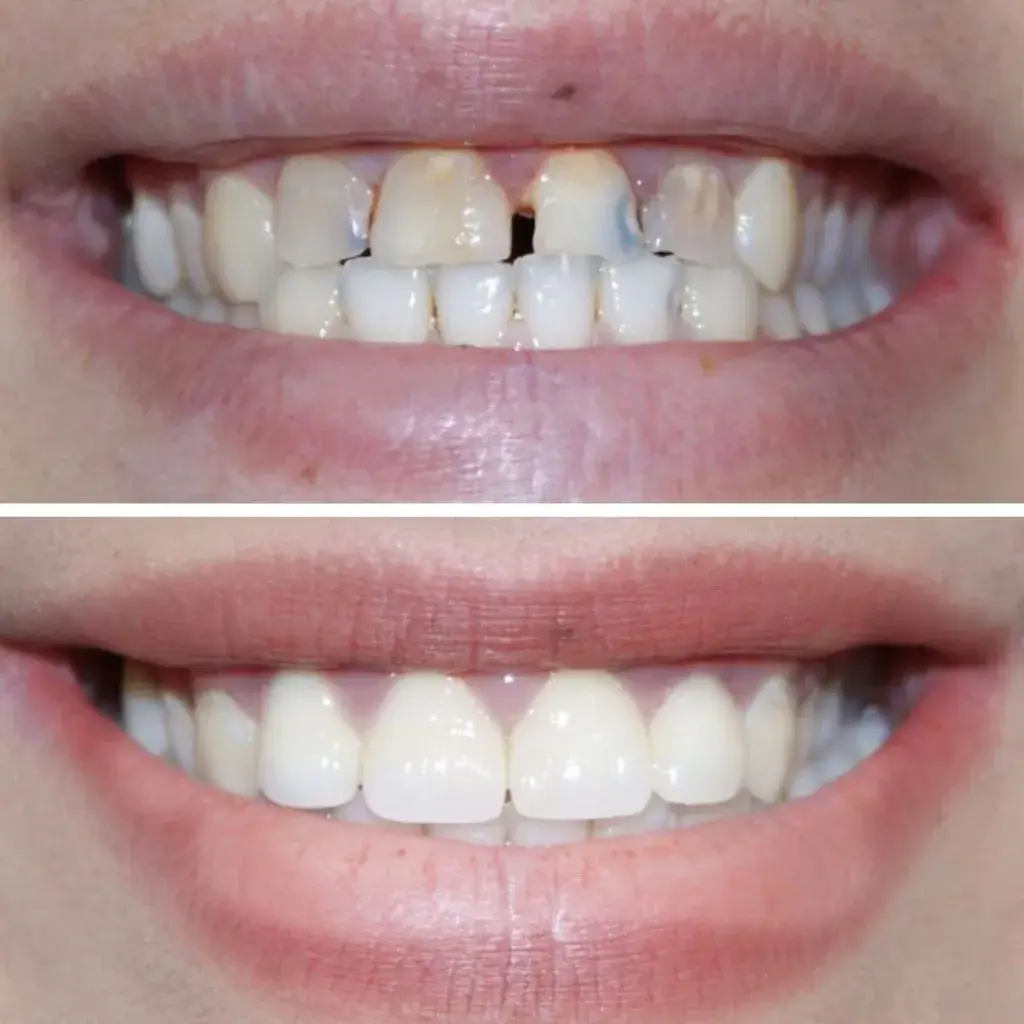
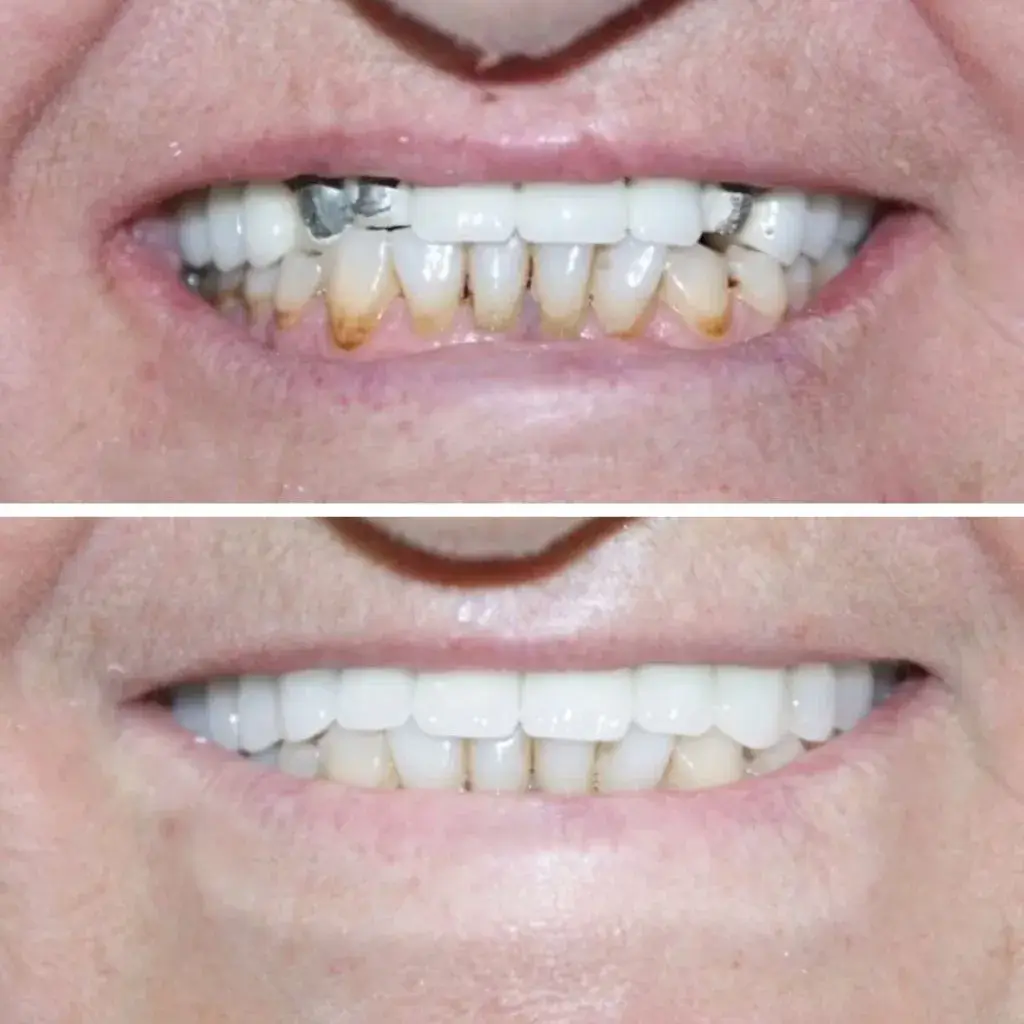
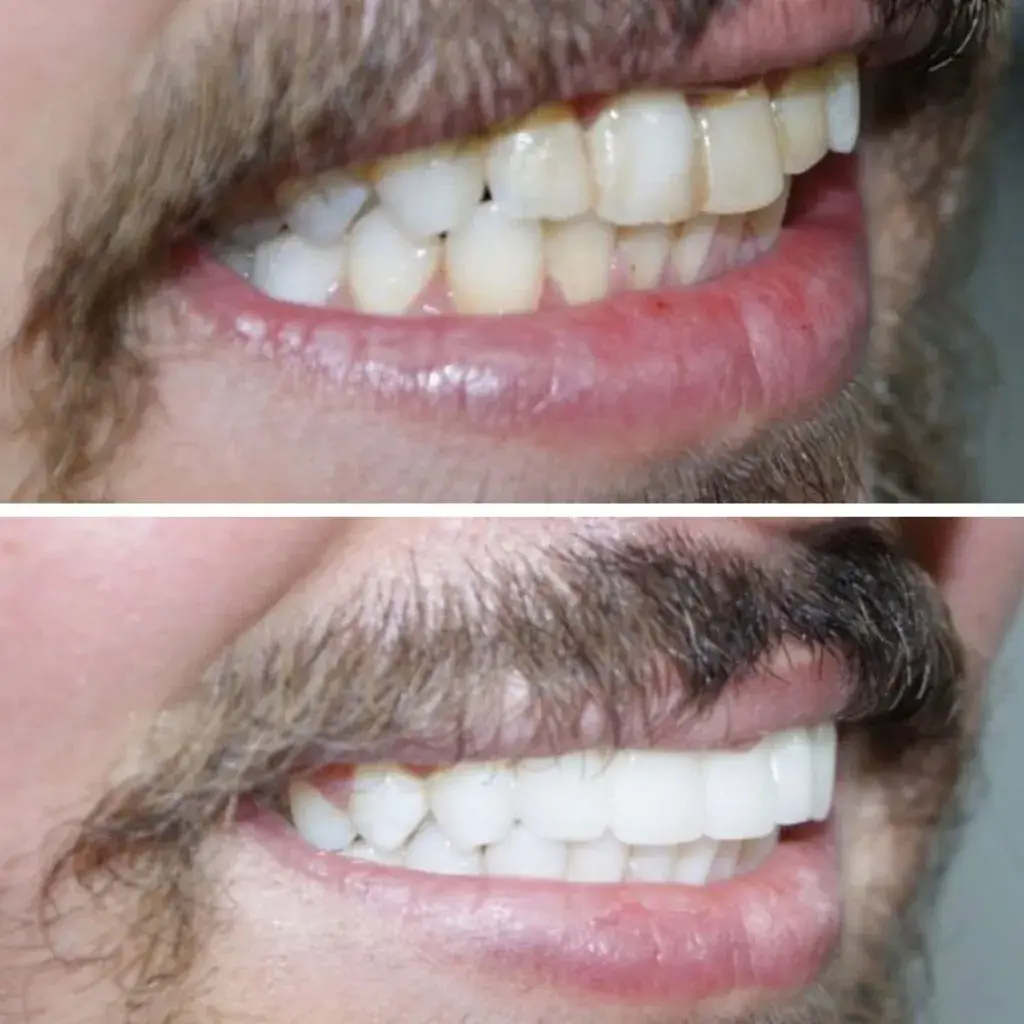
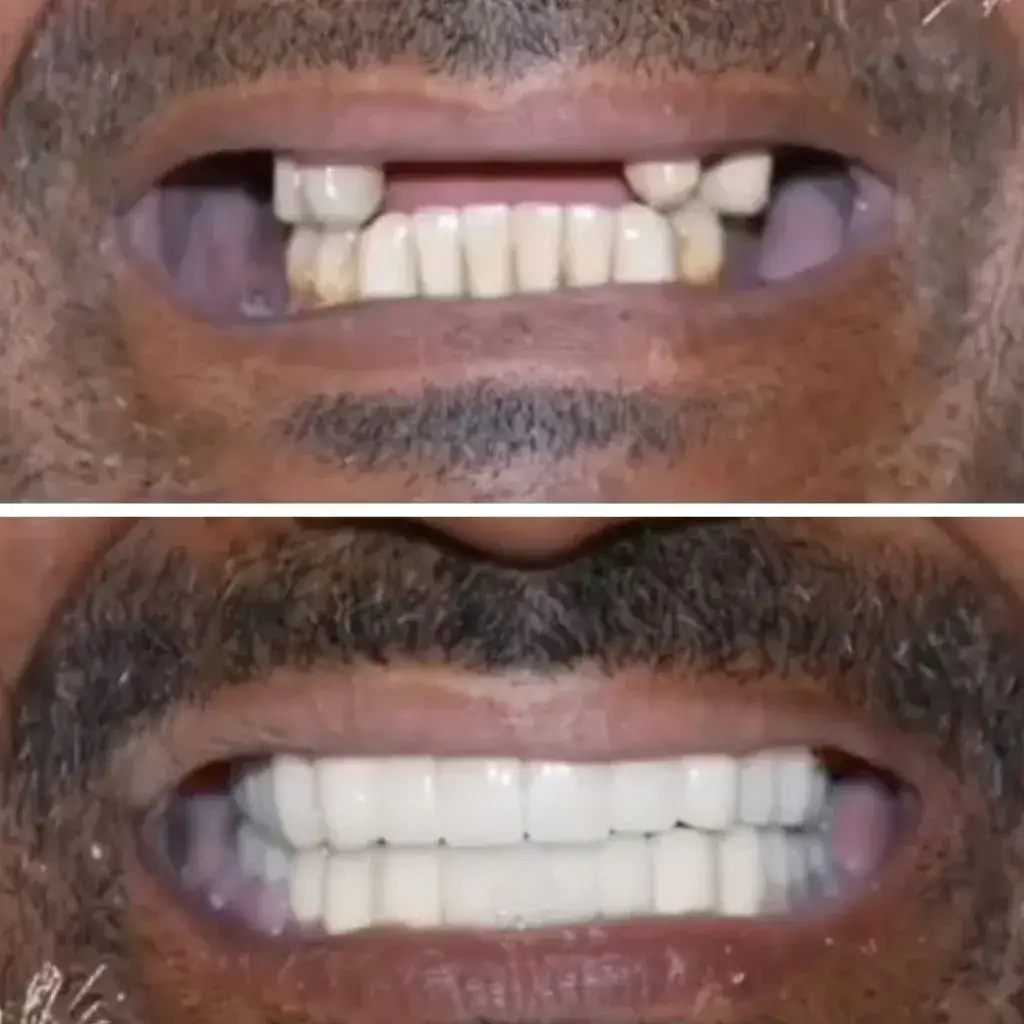
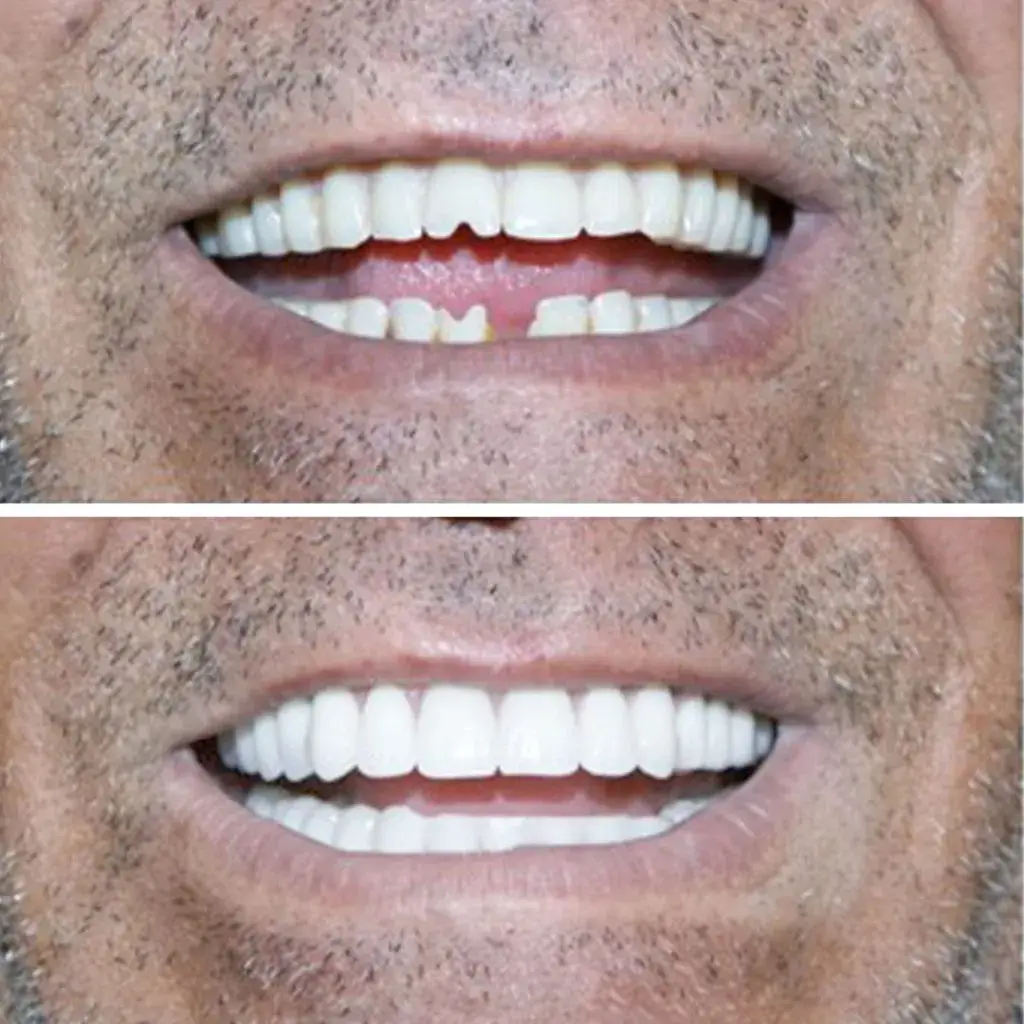
Monolithic zirconia is a type of dental restoration material made from a single piece of zirconia ceramic. The material is strong, durable, and resistant to chipping and cracking. You might need monolithic zirconia if you have a damaged or missing tooth that requires a crown, bridge, or implant-supported restoration.
Monolithic zirconia can be used to create a variety of dental restorations, including crowns, bridges, and implant-supported restorations. The material is biocompatible and can be custom-colored to match the surrounding teeth, making it a popular choice for cosmetic and restorative purposes. Monolithic zirconia restorations are also strong and durable, making them a good option for patients who grind or clench their teeth.
Overall, monolithic zirconia crowns are a highly versatile and aesthetic dental restoration that offers many advantages to patients in terms of strength, durability, and biocompatibility.
Overall, monolithic zirconia crowns are a versatile restoration that can be used in a wide range of dental situations to provide patients with a durable, long-lasting solution to their dental problems.
Although monolithic zirconia crowns offer many benefits, there are some situations where they may not be the best choice for a patient. Some contraindications of monolithic zirconia crowns include:
Overall, the decision to use a monolithic zirconia crown will depend on the specific needs and preferences of the patient, as well as the clinical judgment of the dental professional. It is important for patients to discuss their options with their dentist to determine the best course of treatment for their individual needs.
Monolithic zirconia crowns are a type of dental crown made entirely of zirconia, a high-strength ceramic material. The process of creating a monolithic zirconia crown typically involves the following stages:
Overall, the process of creating a monolithic zirconia crown can take several days, with the milling and sintering stages typically being the most time-consuming. However, the resulting crown is highly durable and can provide long-lasting protection and aesthetics for the treated tooth.
WhatsApp us